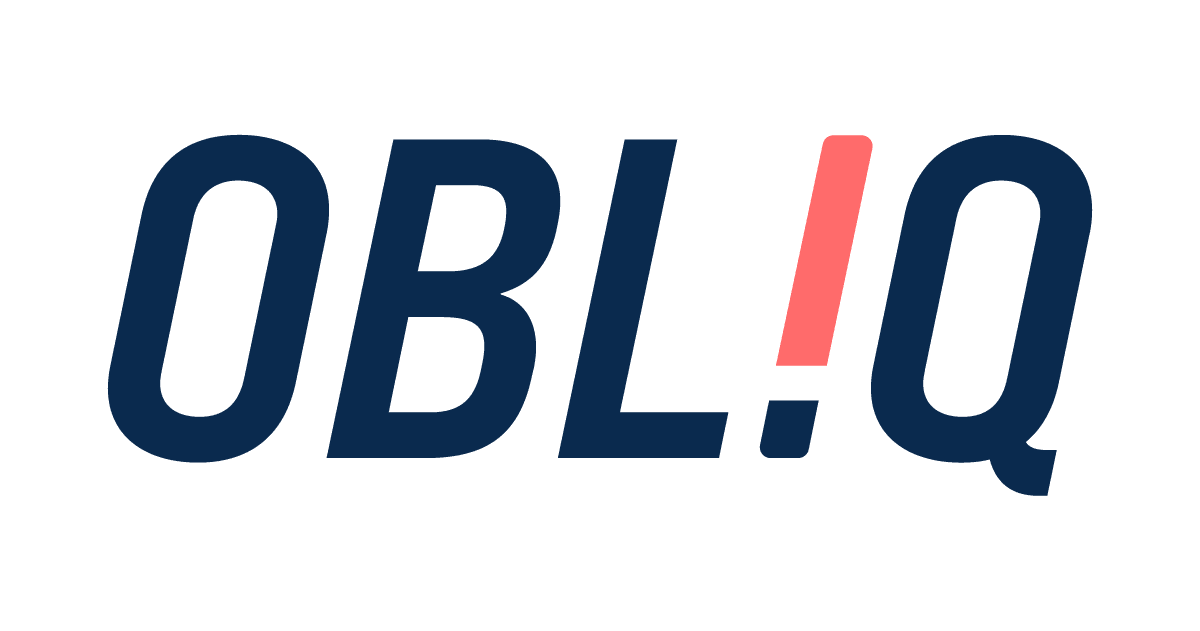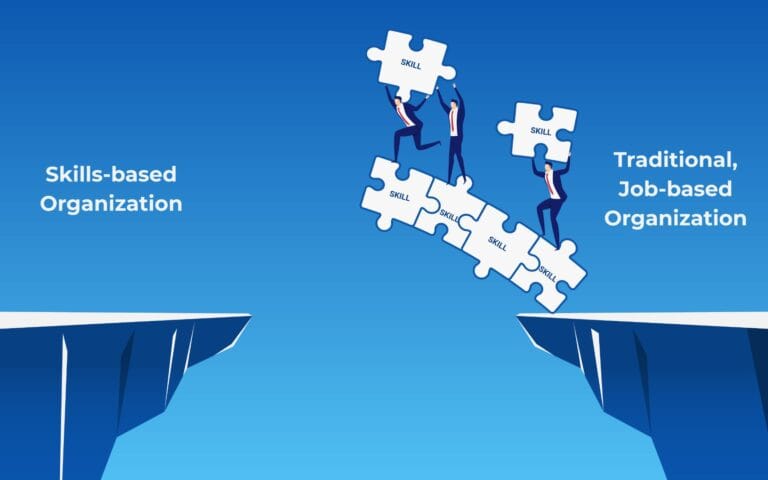The Trillion-Dollar Wake-Up Call
There’s a quiet crisis unfolding in workplaces around the globe, costing the economy an estimated $1 trillion annually in lost productivity. This isn’t a rounding error; it’s the staggering financial impact of depression and anxiety in the workforce, as calculated by the World Health Organization. For decades, many leaders have filed “employee well-being” under the category of soft perks or secondary HR initiatives—nice-to-haves that are first on the chopping block in a tough quarter.
This isn’t a conversation about office yoga or free fruit. It’s a strategic discussion about sustainable performance, talent retention, and long-term competitive advantage.
Neglecting employee well-being isn’t a passive choice; it’s an active financial drain. The costs manifest in diminished productivity, rising healthcare expenses, and a constant, costly churn of talent. When employees are not thriving, the entire organization feels the fiscal impact.
The Escalating Cost of Inaction: A Balance Sheet Problem
Neglecting employee well-being isn’t a passive choice; it’s an active financial drain. The costs manifest in diminished productivity, rising healthcare expenses, and a constant, costly churn of talent. When employees are not thriving, the entire organization feels the fiscal impact.
The Staggering Cost
Neglecting employee well-being isn't just a cultural issue; it's a multi-trillion dollar drain on the global economy. The financial penalties for inaction are severe and escalating.
Productivity Loss
The annual global economic cost from lost productivity due to depression and anxiety, as reported by the World Health Organization.
$1 Trillion
Annually
Disengagement Drain
Disengaged employees have lower productivity and profitability. Gallup estimates this costs the global economy trillions.
$8.8 Trillion
Annually
A Worsening Forecast
The World Economic Forum projects a dramatic escalation in the cumulative global cost of mental health conditions.
The Productivity Drain
The most immediate cost of poor well-being is a direct hit to output. The American Psychiatric Association estimates that unresolved depression alone causes a 35% reduction in productivity, costing U.S. organizations $210.5 billion annually. Disengaged employees—often a direct result of burnout and a lack of support—can cost their organization the equivalent of 18% of their annual salary in lost productivity. These aren’t abstract figures; they represent stalled projects, missed deadlines, and squandered innovation.
The Revolving Door of Talent
The financial sting of turnover is severe. Beyond recruitment expenses, it leads to a loss of institutional knowledge and disrupts team cohesion. A landmark study by Deloitte revealed that employees who do not believe their organization cares about their well-being are twice as likely to quit.
The following graphic breaks down these multifaceted financial penalties.
The Financial Penalties of Inaction
Neglecting employee well-being translates into substantial, quantifiable costs. This chart compares the annual financial impact of these multifaceted issues.
The Financial Upside: Turning Well-being into a Competitive Advantage
Investing in employee well-being is not a cost center; it’s a high-return investment. Organizations that strategically implement comprehensive programs reap significant financial rewards and build a powerful cultural moat around their business.
The Clear ROI of Well-being
Investing in comprehensive employee well-being programs isn't an expense—it's a strategic investment that yields significant, quantifiable returns. This chart shows the financial return for every $1 spent, according to leading research.
Demonstrating a Clear Return on Investment (ROI)
The business case for well-being is backed by decades of research. A landmark meta-analysis found that for every dollar spent on wellness programs, medical costs decrease by approximately $3.27 and absenteeism costs fall by $2.73. Other Harvard research cites an even higher overall return, with some studies showing as much as a $6 return for every $1 invested.
However, a strategic approach requires nuance. A comprehensive study by the RAND Corporation found that disease management components of wellness programs yielded a powerful ROI of $3.80, while lifestyle management initiatives showed a more modest $0.50 ROI. This doesn’t mean lifestyle programs aren’t valuable; it means a successful strategy requires a balanced portfolio.
The Broader Value on Investment (VOI)
While ROI is crucial, the true value of a well-being culture extends far beyond direct cost savings. The Value on Investment (VOI) captures benefits like enhanced morale, improved productivity, and increased profitability.
The Broader Value on Investment (VOI)
| Study/Source | Key Financial Return |
|---|---|
| Harvard Meta-Analysis (Baicker et al.) | For every $1 spent, medical costs fall $3.27 and absentee costs fall $2.73. |
| RAND Corporation Study | Disease management yields $3.80 ROI for every $1 spent. |
| Harvard Business Review | For every $1 spent, businesses see a $2.71 return in productivity gains. |
| University of Oxford | Higher employee happiness is directly correlated with a $1.39B - $2.29B increase in annual profits for large companies. |
From Cost Center to Culture Creator: Building a High-Performance Ecosystem
A thriving company culture is not built on perks; it’s built on a foundation of genuine care and psychological safety. When you prioritize well-being, you create the essential conditions for engagement, retention, and innovation to flourish.
Well-being: The Engine of Culture
A culture that prioritizes well-being isn't just a benefit—it's a direct driver of retention, engagement, and financial success.
Less Burnout
Employees are significantly less likely to experience burnout when they feel their employer cares for them.
Less Likely to Leave
Highly engaged employees, a direct outcome of a supportive culture, are far more likely to stay with their employer.
Higher Profitability
Workplaces with high levels of employee engagement consistently outperform their peers on the bottom line.
The Engagement Engine & Talent Magnet
Engagement is the emotional commitment an employee has to your organization’s goals. Well-being is the fuel for that engine. In today’s competitive talent market, your approach to well-being is a key differentiator, influencing decisions at all levels.
The data connecting a culture of care to talent retention and engagement is compelling.
The Engagement Engine & Talent Magnet
| Metric | Impact of a Pro-Well-being Culture |
|---|---|
| Likelihood to Experience Burnout | 71% less likely |
| Likelihood to Actively Job Search | 69% less likely |
| Likelihood of Highly Engaged to Leave | 87% less likely |
| Profitability Increase | 21% higher with an engaged workforce |
| Likelihood to Quit (if org doesn't care) | 2x more likely |
The Innovation Incubator
Innovation requires psychological safety—the belief that one can speak up, share ideas, and take calculated risks without fear of punishment. This is a core component of mental health at work. When employees feel supported and secure, they are more willing to experiment and challenge the status quo. A culture that prevents burnout is a culture that is primed for creativity.
The Leader's Playbook: Activating a Human-Centric Strategy
Making employee well-being a strategic imperative requires active leadership and intentional design.
The Leader's Playbook
Activating a human-centric strategy requires intentional leadership. Here are the four essential steps.
Lead from the Front
Adopt a Holistic Approach
Measure What Matters
Build for Authenticity
Step 1.
Lead from the Front
Visible leadership commitment is non-negotiable. Champion well-being initiatives, participate in them, and model healthy behaviors. Your actions set the cultural tone far more powerfully than any policy document.
Step 2.
Adopt a Holistic Approach
Effective strategies are comprehensive. They address the five core elements identified by Gallup: Career, Social, Financial, Physical, and Community Well-being.
Step 3.
Measure What Matters
Move beyond simple participation metrics. Track the real impact of your initiatives on key business indicators like employee engagement, retention rates, productivity, and absenteeism. Focus on the VOI to tell a complete story.
Step 4.
Build for Authenticity
Avoid “wellness-washing”—promoting well-being on the surface while maintaining a culture that drives burnout. Ditch performative gestures in favor of systemic changes that address root causes of stress, like unmanageable workloads and poor management.
Unlock Your Performance Dividend
The business case for employee well-being is clear, data-driven, and undeniable. It is a powerful lever for financial performance, a critical component of talent strategy, and the bedrock of a resilient, high-performing culture. The organizations that thrive in the coming decade will be those that recognize their people are their most valuable asset and invest accordingly.
By moving beyond burnout prevention and proactively building a human-centric culture, you are not just improving lives; you are making a direct investment in the long-term success and vitality of your business.
Ready to invest in your organization’s most valuable asset? A great first step is to assess how your current culture supports—or hinders—your team’s well-being. That’s how you Unlock What’s Next!










